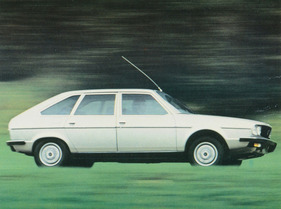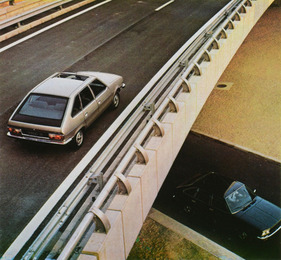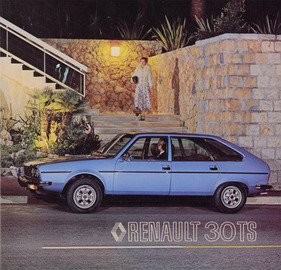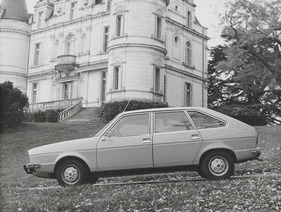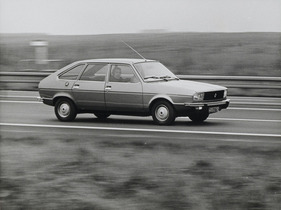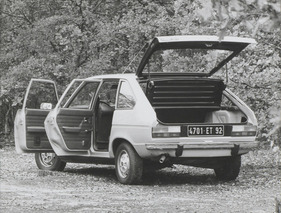Renault 30 TS in (historic) test - First step
Summary
As the largest and most powerful estate car, the R 30 TS occupied a special position in the mid-seventies. It was enthroned far above the R 16 and towered in a displacement class in which Renault had not been represented for decades. The historical test report from 1975 reveals whether the R 30 TS was able to hold its own against the strong six-cylinder competition.
This article contains the following chapters
- Variable interior
- Transmission issues
- Luxury equipment
- Lack of detail
- Market opportunities
- Plus points:
- Minus points:
- Overall verdict
- Engine/running behavior
- Engine/performance characteristics
- Power transmission
- Chassis
- Suspension
- Technical data
Estimated reading time: 16min
Preview (beginning of the article)
Renault has been delivering its new top-of-the-range model to Germany for a few weeks now. As the largest and most powerful estate car, the R 30 TS occupies a special position. A first step by Renault into the tough six-cylinder competition. It will be interesting to see whether the R 30 TS succeeds in its market niche. Those who only know the Renault range will hardly be able to classify the R 30 TS straight away. It sits enthroned far above the R 16 and towers over a displacement class in which Renault has not been represented for decades. At DM 19,800 as a guide price, the R 30 TS is just below the threshold at which the middle class ends and the upper class begins on the German market. To be precise, this 131 hp estate sedan actually cost DM 19,928 - the freight from the factory to the German delivery warehouse had to be paid for separately.
Continue reading this article for free?
Photos of this article

























































































































